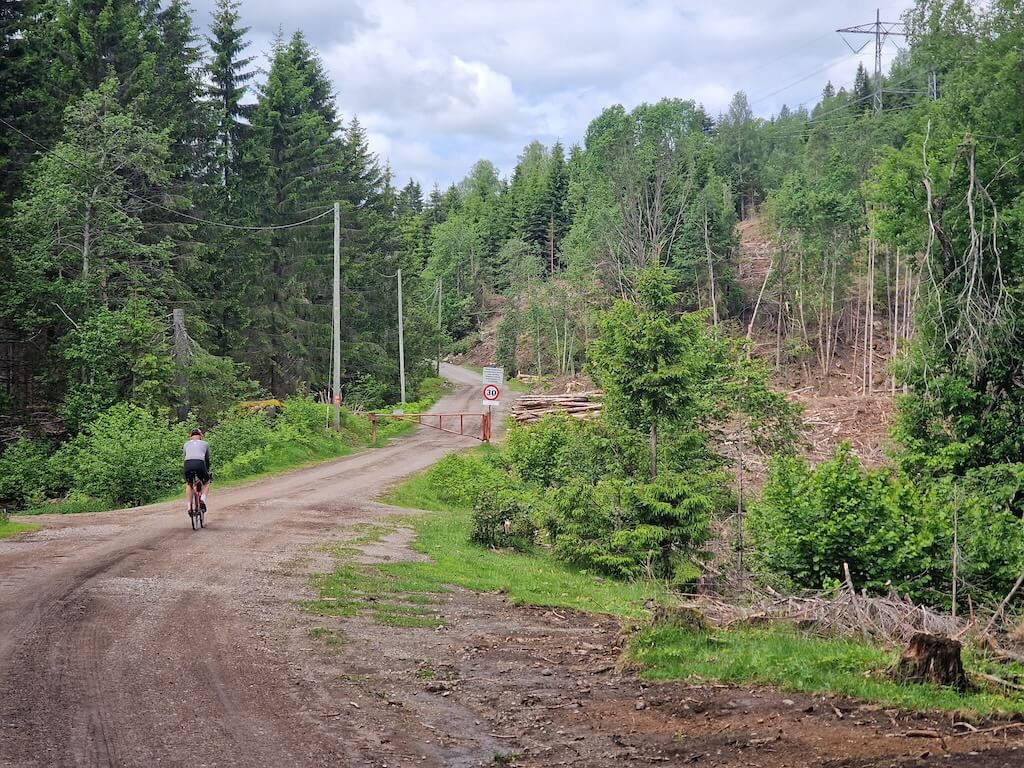
The Hidden Gravel Highway Out of Oslo
I’ve lived in Oslo for years. Long enough to know that escaping the city by bike usually involves a frustrating mix of tarmac, traffic lights,

Norway is moving ahead with a new tourist tax set to take effect in 2026. The goal, according to the government, is to help municipalities manage the growing strain from tourism, especially in areas that feel overwhelmed during peak season. On the surface, it sounds reasonable. The country is grappling with over-tourism in its most iconic regions, from the fjords to the Lofoten Islands. But when you look closer, the proposal reveals a blunt and overly simplistic approach that punishes the very people trying to travel responsibly.
The tax allows municipalities to charge up to 3 percent on overnight stays in hotels, cabins, and other registered accommodations. For now, the humble tent pitch is exempt. It doesn’t matter if you arrive on foot, by bike, or by bus—if you sleep overnight and pay for it, you’re taxed. The money, we’re told, will go toward local infrastructure: things like public toilets, rubbish bins, trails, and possibly even parking areas.
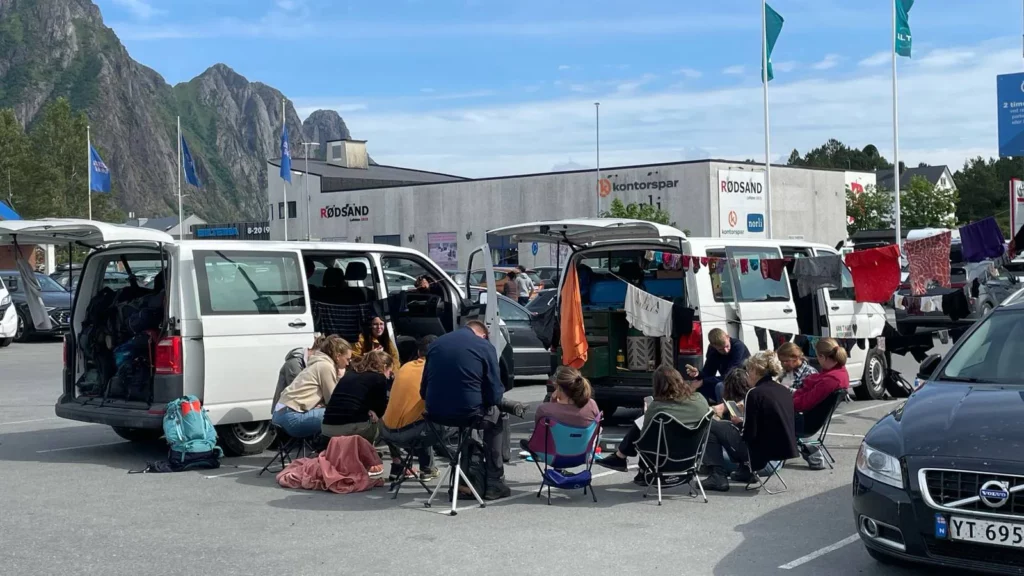
Not all Tourists are Created Equal
But here’s the issue: not all tourists are created equal, and this one-size-fits-all approach completely fails to acknowledge that. A cycle tourist, often moving quietly through the country with minimal environmental impact, leaves behind little more than a few tyre tracks and a café receipt. Meanwhile, campervans, whose drivers often contribute to road congestion, park in unofficial locations and strain local sanitation systems, remain exempt from this tax! Cruise ship passengers, who flood small towns for a few hours and contribute little to local economies beyond trinket shops, pay the same 3% for their berth as a cyclist travelling 3000km around Norway, spending money in local economies all over the country.
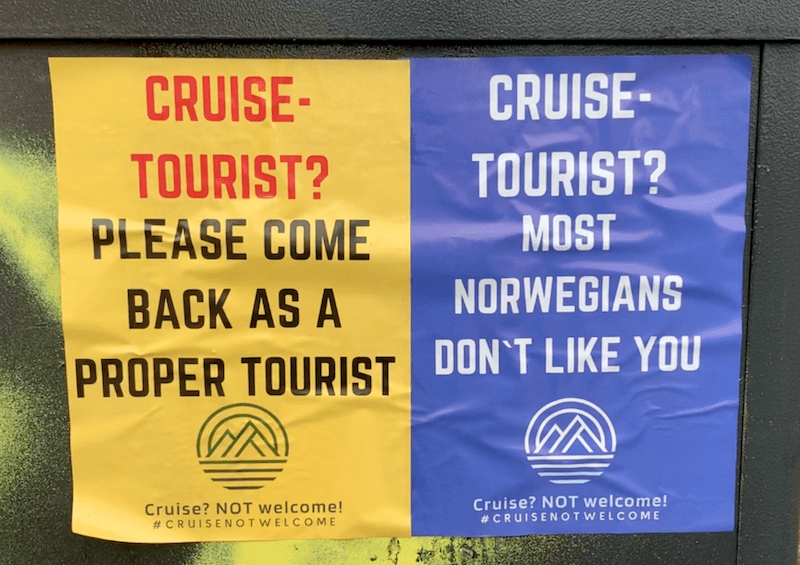
Posters have begun appearing anonymously in major Norwegian cities during the summer months, as locals express their frustration over the growing presence of large ‘mega’ cruise ships and the pollution they bring to the surrounding fjords. In the North, an increasing resentment of campervan traffic using free services and providing little benefits to local economies is reaching a boiling point among locals.
NRK Article: Motorhome tourists fill up the free ferry already in May: – Permanent residents will be left behind – Norwegian only (use Google Translate)
NRK Article: Ending cycling trips in Lofoten: – It has become too dangerous – Norwegian only (use Google Translate)
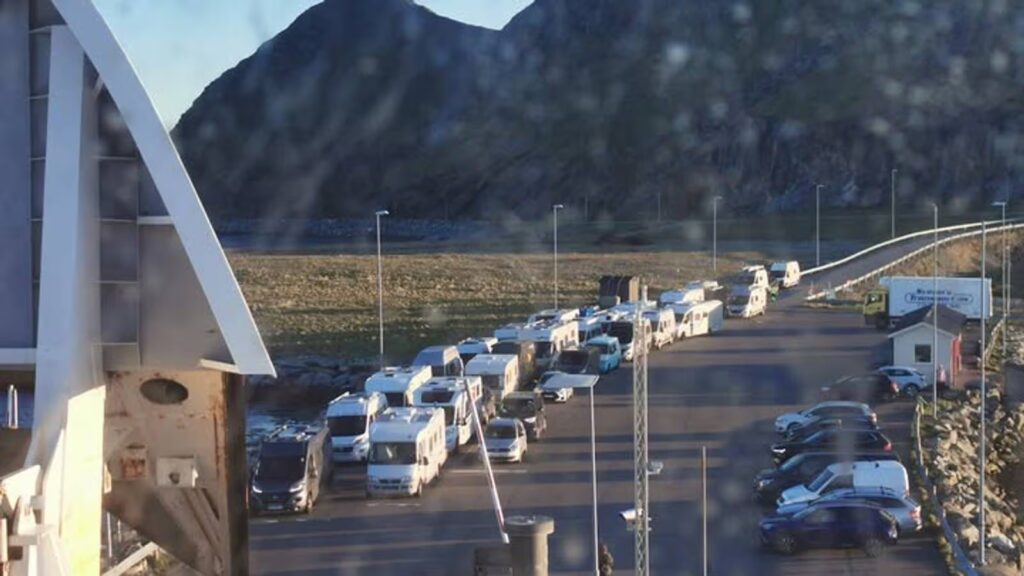
This is not only unfair; it’s counterproductive. Norway has made great efforts to brand itself as a sustainable travel destination. Cycle tourism fits that vision perfectly. It spreads visitors across rural regions, supports small local businesses, and keeps carbon emissions close to zero. Yet instead of encouraging this kind of travel, the new tax penalises it, placing cyclists in the same category as those travelling with a far greater footprint.
Let’s not forget that most cycle tourists are not after five-star variety. They’re cost-conscious traveller but spend on average far more than you’re campervan tourist. Many of them are older, independent, and deeply respectful of the natural environment. A 3 percent tax on modest accommodation may not break the bank, but it adds up over the course of a long journey and sends the wrong message: that Norway sees all tourists the same, regardless of how they travel (unless you’re in a campervan).
The core flaw in this policy is its failure to account for complexity. Tourism isn’t a monolith. There are day-trippers and long-haulers, low-impact adventurers and diesel-burning cruise ships. The people passing through Norway by bike aren’t the ones clogging the E16, driving off-road in 4×4 in places they shouldn’t. They’re not asking for parking spaces or dumping greywater into fjords, and certainly not clogging up toilets with campervan waste. Yet they’re being asked to pay the same or more, depending on how rigorously municipalities apply the law.
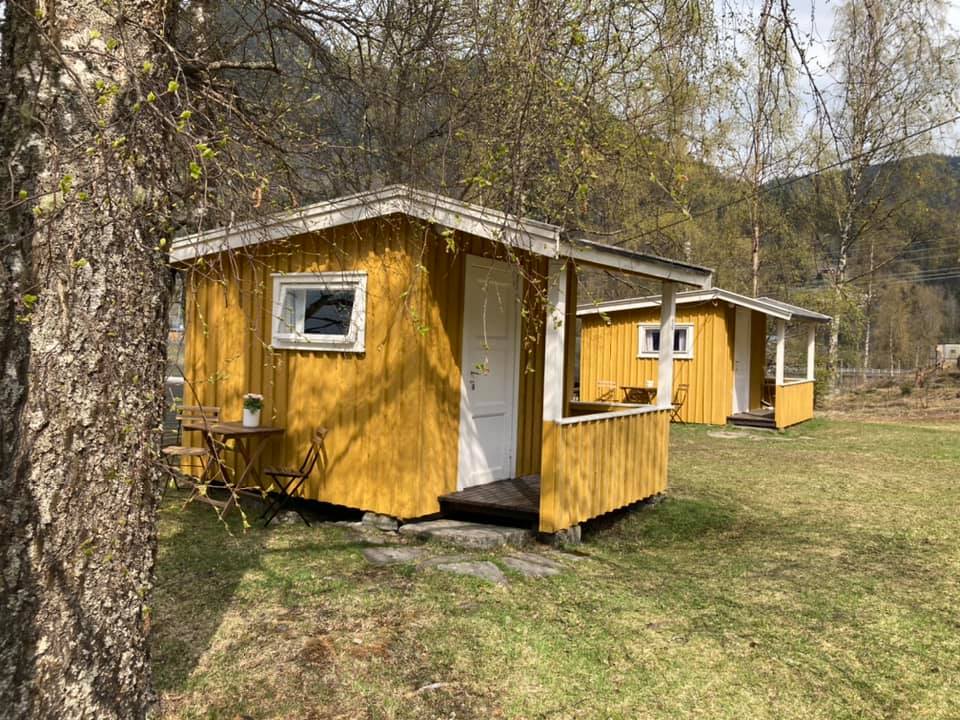
There’s also a danger that this tax will harm the very businesses that support sustainable tourism. Small guesthouses, cabins, and campsites that cater to cyclists and hikers already operate on thin margins and the high season is short. Adding a tax to their prices could tip some travellers toward informal options or push them out of the market altogether. Meanwhile, high-emission campervans and luxury tour buses will continue to pass through, business as usual.
What Norway needs is not a generic tourist tax, but a smarter, fairer system. A better approach would be to introduce differentiated fees based on environmental impact and infrastructure usage. Campervans, for example, should face a dedicated road or parking levy that reflects the pressure they place on local facilities. Cruise ship operators could be required to pay per passenger, contributing to waste management and port infrastructure that can generate much-needed taxes for popular ports like Geiranger and Tromsø. Meanwhile, low-impact travellers, like cyclists and walkers, could be exempted from the general overnight tax, or even offered incentives such as reduced fees for staying in eco-certified lodging.

This kind of targeted strategy would not only be more equitable, it would also reinforce Norway’s image as a country that genuinely supports sustainable travel. Taxing cycle tourists for the sins of the broader tourism industry is both lazy and short-sighted. If Norway wants to protect its nature and communities, it must recognise who its real allies are and adopt a smarter, fairer, and more strategic approach, one that values the quiet virtue of a pedal over the roar of an engine.
Cycle Norway will continue to raise awareness about this unfair tax and hope some people will listen. Please share your thoughts in the comment box below.

I’ve lived in Oslo for years. Long enough to know that escaping the city by bike usually involves a frustrating mix of tarmac, traffic lights,
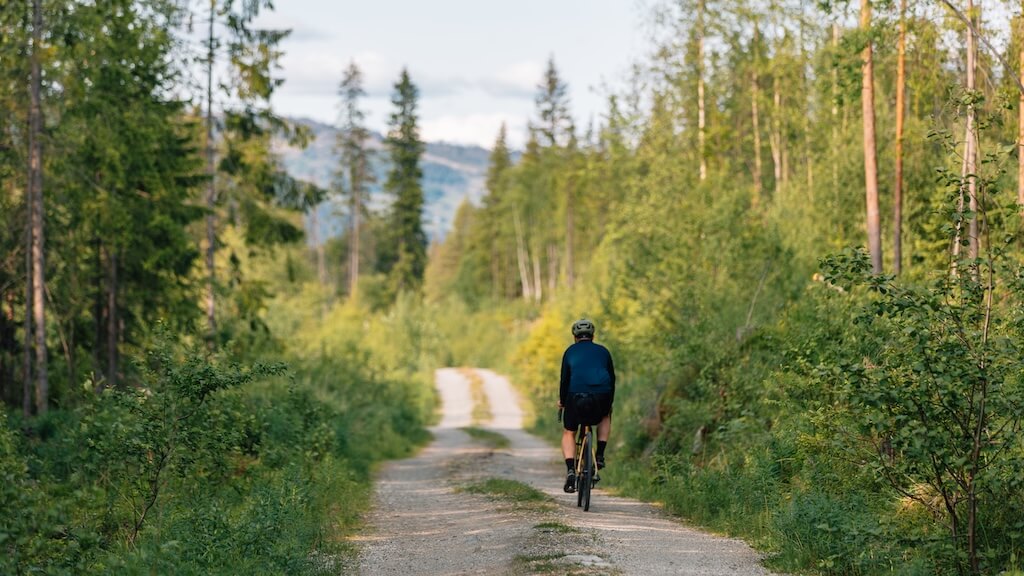
A 4-Day Journey Through Mountains, Fjords, and Gravel Every year, for just a few days, Cycle Norway does the unthinkable – we step inside the

Norway is moving ahead with a new tourist tax set to take effect in 2026. The goal, according to the government, is to help municipalities
Cycle Norway is dedicated to making Norway, safer and more enjoyable to experience by bike and to inspire and inform a growing audience of the opportunities available.